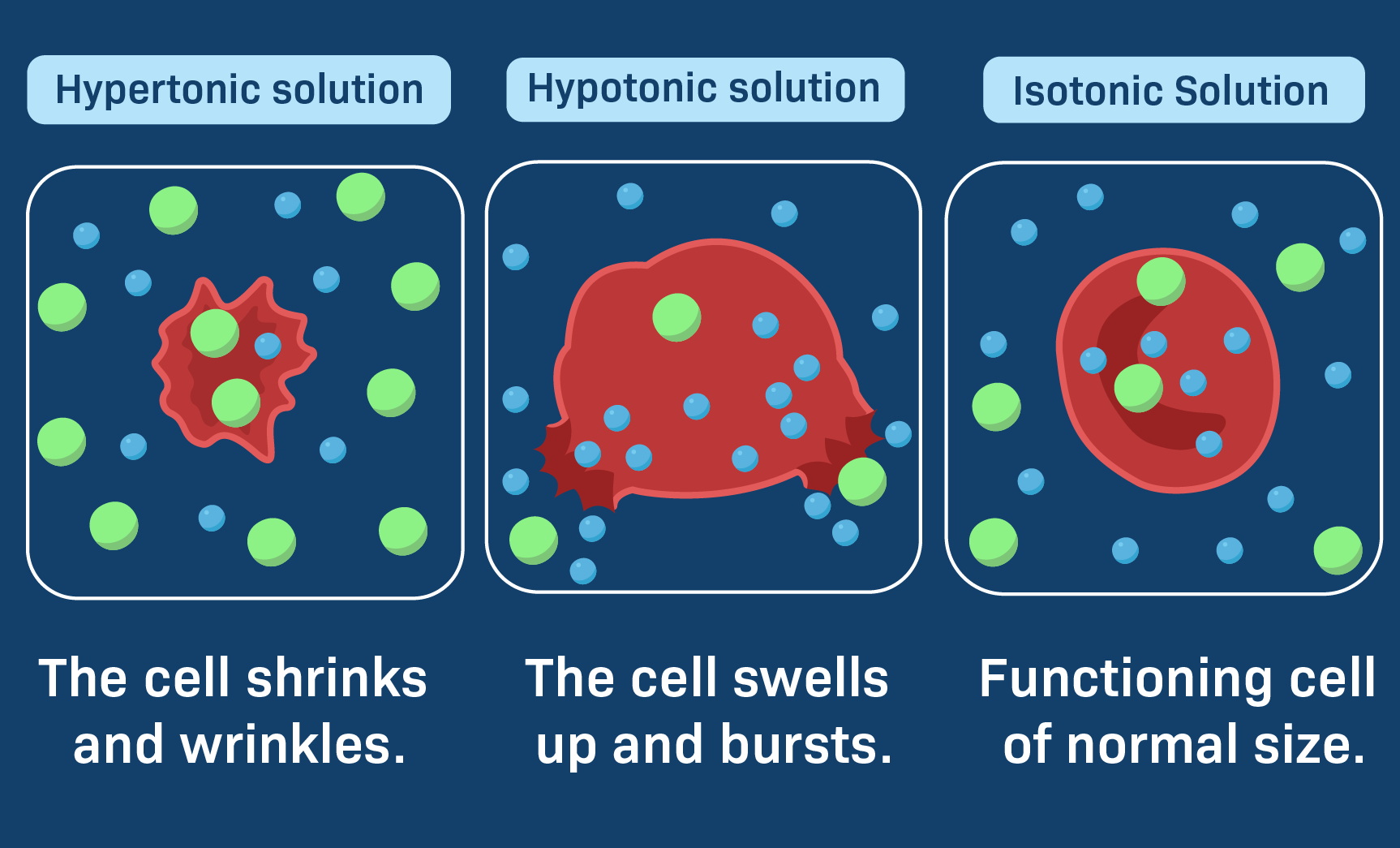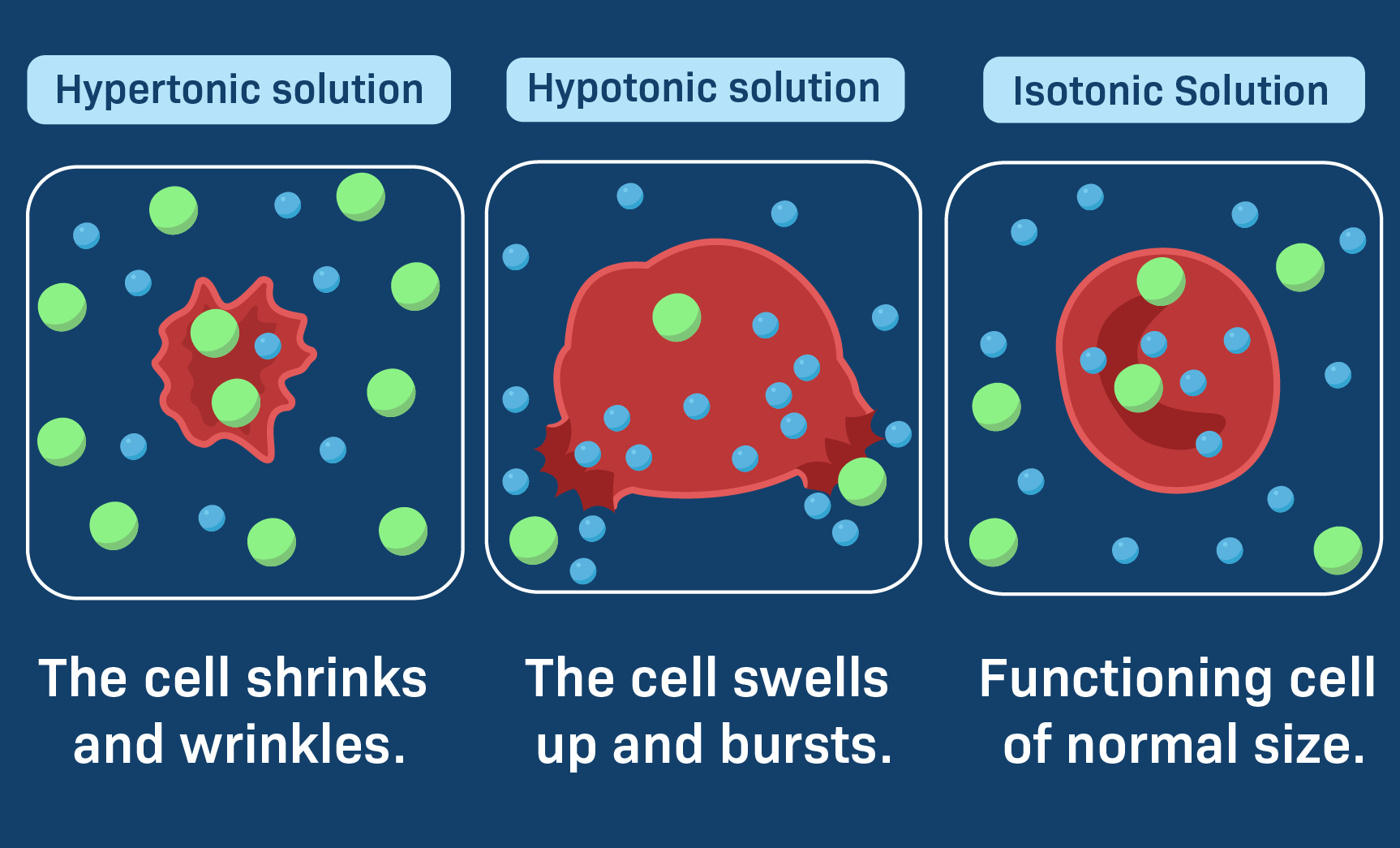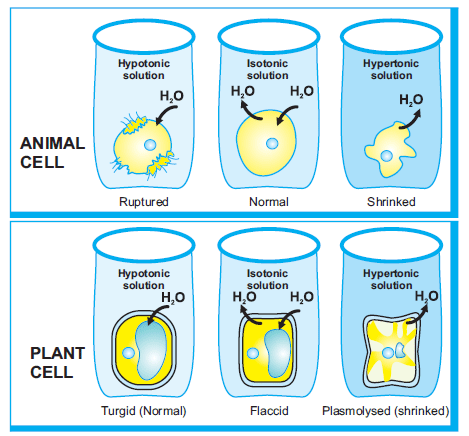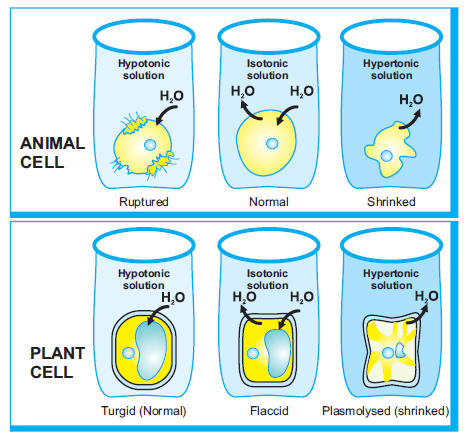Cells and Organelles
1/100
There's no tags or description
Looks like no tags are added yet.
Name | Mastery | Learn | Test | Matching | Spaced |
|---|
No study sessions yet.
101 Terms
What is the smallest unit of biological organization that can perform all activities required for life?
Cells
What are the 7 statements of the cell theory?
1) All organisms are composed of 1 or more cells
2) The cell is the basic unit of structure and organization in organisms
3) All cells come from pre-existing cells
4) The activity of an organism depends on the combined activity of independent cells
5) Cells have functional metabolisms (energy flow occurs within cells)
6) Cells contain hereditary genetic information, which is passed on when a cell divides or an organism has offspring
7) All cells of similar species have the same basic chemical composition
All cells contain?
A plasma membrane, DNA, and ribosomes
What is it called? A selective barrier that separates and protects cell contents from the outer environment
Plasma membrane
What is it called? Synthesize functional proteins from DNA
Ribosomes
What are the two cell types?
Prokaryotes and Eukaryotes
What cell type is it? Less complex; no nucleus or membrane-bound organelles?
Prokaryotes
What cell type is it? More complex, have a nucleus and organelles?
Eukaryotes
What is the function of the phospholipid bilayer?
Separates the outside and inside of a cell, allows for communication with other cells, and provides structural support and protection
What is selective permeability?
Only certain substances can cross the membrane without assistance from membrane transport proteins
What is the permeability of small, nonpolar (hydrophobic) molecules? give examples
Can pass on their own.
Examples: Steriods, CO2,O2,AND N2
What is the permeability of small, uncharged, polar molecular type? Provide examples
Can pass
Examples: H2O, glycerol, urea, and ethanol
What is the permeability of large, uncharged, polar molecular type? Provide examples
Unable to pass
Examples: Glucose and sucrose
What is the permeability of Ions?
Unable to pass
Examples: Na+, H+, Ca2+
The cell membrane is described as ____. What does that mean?
Fluid mosaic
It means that phospholipids can freely move around and form a mosaic because different components are embedded within them.
What is this organelle called? Contains the cell’s DNA. Controls gene expression
Nucleus
What part of the nucleus is this, a double membrane with pores allowing molecules to enter and exit?
Nuclear Envelope
What part of the nucleus is this, protein network that maintains the shape of the nucleus?
Nuclear Lamina
What part of the nucleus is this, a region inside the nucleus where ribosomal RNA is made?
Nucleolus
Which type of cells have more than one nucleus and which ones have none?
More: Osteoclasts and skeletal muscle
None: red blood cells and platelets
A continuous strand of DNA is wrapped around repeating units of ___ proteins to reduce size.
Histone
____ is the condensed form of DNA
Chromatin
____ a bundle of 8 histones with DNA coiled around them
Nucleosomes
____ tightly condensed chromatin, which is visible when the cell is ready to divide
Chromosomes
What is it called? A non-membrane-bound organelle found in both prokaryotes and eukaryotes. Responsible for protein synthesis (translation)
Ribosomes
What type of ER is this? Synthesizes and modifies proteins before they are exported. Close to the nucleus and studded with ribosomes
Rough ER: capable of post-translational modifications of protein
What type of ER is this? Synthesizes lipids and steroid hormones for export. Has no ribosomes
Smooth ER: Muscle cells have a specialized SER called the sarcoplasmic reticulum that stores and releases Ca2+ ions.
What is this called? A series of flattened membrane sacs (cisternae) that sort, modify, and transport proteins after synthesis. Also produces lysosomes and transports lipids.
Golgi Apparatus
What is it called, the opening and end of the Golgi apparatus
cis= open
trans= end
What two organelles are capable of post-translational protein modification?
The rough ER and Golgi
What organelles is this? Digestive enzyme-containing membrane-bound vesicles are produced by the Golgi. Involved in apoptosis (cell suicide), autophagy (breakdown of organelles), nutrient breakdown, and destruction of internal pathogens.
Lysosomes
What organelles is this? membrane-bound organelles that break down toxic substances and fatty acids. Produce and breakdown hydrogen peroxide (H2O2) using the enzyme catalase
Peroxisomes
What are the 4 different types of vacuoles called?
Transport, food, central, and contractile vacuoles
What type of vacuole is this? move materials between organelles or to the plasma membrane.
Transport
What type of vacuole is this? temporary receptacles of nutrients which merge with lysosomes for intracellular digestion.
Food
What type of vacuole is this? large vacuole for nutrient and water storage in plants.
Central
What type of Vacuole is this? collect and pump excess water out of the cells to prevent bursting. Found in organisms living in hypotonic environments (e.g. protists).
Contractile
What is the Cytoskeleton?
Network of tubules and filaments in the cytosol. Functions include maintaining cell shape/providing mechanical support, movement of components within the cell, cell motility, and anchoring membrane proteins.
What are the three components of the cytoskeleton?
Microfilaments, intermediate filaments, and microtubules
What are Microfilaments?
Composed of two intertwined strands of actin that function in cell motility (e.g. skeletal muscle contraction, amoeba pseudopods, cleavage furrow during cell division).
What are intermediate filaments?
Composed of intertwined coiled proteins that provide support to maintain cell shape (e.g. keratin found in the skin).
What are microtubules?
Hollow tubes made of polymers of the protein tubulin. Provide support and motility for cellular activities and intracellular transport. E.g. spindle apparatus in cell division, cilia, and flagella.
What organelles are involved in the production of energy?
Mitochondria and Chloroplasts
What are chloroplasts?
A double membrane-bound organelle that is the site of photosynthesis in plants and algae. Uses light energy to produce sugar.
The chloroplast absorbs what ? and reflects what?
Absorb red and blue light. Reflect green light
What is the endosymbiotic theory?
States that the mitochondria and chloroplasts in eukaryotic cells were one independent prokaryotic organisms that later formed a symbiotic relationship with a larger cell, leading to their presence as organelles in eukaryotic cells
What are some evidence that prove the endosymbiotic theory?
1) Have their own circular DNA genome
2) Are similar in size to prokaryotic cells
3) Replicate similarly to prokaryotic cells (binary fission)
4) contain small, prokaryotic-like ribosomes
Both plant and animal cells are?
Eukaryotic cells
What are the three main differences between plant and animal cells?
Plants have a cell wall, and their MTOC are spindle pole bodies, and they have plastids and storage vacuoles
Animals do not have a cell wall, and their MTOC consists of centrioles
What are plastids?
Chloroplasts (site of photosynthesis), leucoplasts (store nutrients) and chromoplasts (store pigments).
What are storage vacuoles?
They store nutrients, waste, water, etc.
What are peripheral membrane proteins, and how are they removed?
They are attached to the membrane surface. Hydrophilic and bound to the membrane by H-bonds and electrostatic interactions. Removable with high salt concentrations or extreme pH levels.
What are integral membrane proteins, and how are they removed?
They extend into the membrane and have hydrophobic regions. Removable with a detergent that destroys the membrane.
What are transmembrane proteins?
integral proteins that pass completely through the membrane, connecting the interior and exterior of the cell.
What are the function of transport protein?
Transport materials across the membrane
What are channel proteins?
Hollow tubes substances can move through (e.g.: aquaporins allow for quick movement of water across the membrane).
What channel is this? Allow the passage of ions across the membrane. Can be non-gated or gated
Ion Channels
What gated channel is this? Opens or closes in response to a difference in membrane potential.
Voltage-gated
What gated channel is this? Opens in response to pressure, vibration, temperature, etc.
Mechanically
What gated channel is this? Open or closes in response to molecule binding.
Ligand-gated
What are receptor proteins?
A binding site for hormones and other signaling molecules that trigger changes inside the cell when activated.
What are glycoproteins?
A protein with carbohydrates attached. Important for cell-to-cell recognition, signaling, and adhesion.
Immune cells check membrane glycoproteins to determine if a cell is foreign
Can function as a receptor protein
What are enzymes?
Accelerate chemical reactions by bringing substrates together in an ideal configuration.
What do adhesion/Anchor proteins do?
Attach cells to adjacent cells and other extracellular/intracellular proteins for stability and communication.
What are the 5 cell junctions?
Tight, Adherens, Desmosomes, Hemidesmosomes, and Gap
What do tight junctions do?
They form a seal between adjacent cells, preventing the passage or leakage of material between them (e.g. in the digestive tract and blood brain barrier
What do adherens junctions do?
They firmly attach adjacent cells together, allowing organization into tissues (e.g. cells lining blood vessels).
Stabilized by attachment to intracellular actin filaments
What do desmosomes do?
Similar to adherens junctions, but stronger. Found in tissues prone to mechanical stress (e.g. cardiac muscle, epidermis).
Stabilize by attachement to intracellular intermediate filaments
What is the function of Hemidesmosomes?
They attach cells to the extracellular matrix (at the basement membrane) to hold them in place to underlying tissues. Found in epidermis of skin.
What is the function of gap junctions?
They are narrow tunnels that connect cells, allowing for cell-to-cell communication. Allow ions and small molecules to flow directly from one cell to another.
Conduct electrical signals smoothly between cells (cardiac muscle cells)
What is passive transport?
Movement of substances across a membrane from higher to lower concentration (down their concentration gradient). Does not require energy. Consists of simple and facilitated
What is simple and facilitated diffusion?
Simple: Passive transport directly across the cell membrane without membrane proteins.
Facilitated: Passive transport across the cell membrane using membrane proteins.
What is active transport?
The movement of substances against their concentration gradient (from lower to higher concentration). Requires energy (ATP) and transport proteins. Consists of Primary and secondary active transport
What is primary active transport?
ATP is directly used to move substances against the concentration gradient.
What is secondary active transport?
Energy from a different electrochemical gradient is used to move substances against their concentration gradient. The movement of one molecule powers the active transport of a different molecule.
What are antiporters?
Move molecules in opposite directions.
What are symporters?
Move molecules in the same direction.
Solute movement from high to low concentration favors what? And do they require energy?
They are energetically favorable and do not required energy
Solute movement from low to high concentration favors what? And do they require energy?
Energetically unfavorable and require energy
What is endocytosis?
An extracellular substance is brought into the cell by the membrane folding around, forming a vesicle.
What is phagocytosis?
A substances outside the cell are engulfed using pseudopods. They are common in the immune system and the engulfed pathogens are destroyed by lysosomes
What are pinocytosis?
“cell drinking.” The membrane pinches inwards to non-selectively uptake extracellular fluid and substances dissolved in the liquid.
What are receptor-mediated endocytosis?
Endocytosis triggered by extracellular molecules binding to receptors on the cell membrane.
sigals clathrin proteins to attach to the membrane and pull inward
What is exocytosis?
Substances exit the cell via the membrane pinching outward.
What is diffusion?
Solute (particles dissolved in the solvent) moves from areas of higher concentration to lower concentration.
What is osmosis?
Solvent (usually water) moves from high to low (down concentration gradient)
What happens to a cell when added to hypotonic solution?
Solution has a lower solute concentration compared to the inside of the cell. Water enters the cell to achieve equilibrium.
If a solution is very hypotonic (e.g. distilled water), water will continue to rush into the cell until it bursts (lysis).

What happens to a cell when added to Isotonic solution?
Roughly equal concentration as inside the cell; no overall net movement of water. Equal

What happens to a cell when added to Hypertonic solution?
The solution has a higher solute concentration compared to the interior of the cell. Water exits the cell to achieve equilibrium.
A cell placed in a hypertonic solution will shrivel (plasmolysis).

What happens to plant cells in a hypertonic solution?
Plant cells are generally in hypotonic environments and do not burst open due to their cell wall. Instead, these cells become turgid due to their central vacuole swelling.

What happens to a plant cell in an isotonic solution?
plant cell is flaccid.

What happens to a plant cell in a hypertonic solution?
plasmolysis occurs (plant cell maintains its shape due to the cell wall, but is shriveled).

What is the plant, fungi, bacteria, and archaea cell wall composition?
Plant: Cellulose
Fungi: Chitin
Bacteria: Peptidoglycan
Archaea: Polysaccharides
What gram is this? Thin peptidoglycan layer sandwiched in between an outer and inner membrane. Stains pink.
Negative
They contain Lipopolysaccharides (LPS) attached to the outer membrane. When broken down they act as endotoxins that trigger the immune response
What gram is this? Thick peptidoglycan layer that surrounds an inner membrane. Stains purple.
Positive
What is glycocalyx?
A carbohydrate coat that covers the outer surface of some animal and bacterial cells. It can also be found on the inner surface of blood vessels to protect vascular walls.
Also acts as a endotoxins that trigger an immune response
What is an Extracellular Matrix (ECM)?
A network of fibrous structural proteins, adhesion proteins, and polysaccharides in the area between adjacent animal cells.
What are the 3 main functions of the extracellular matrix?
structural support, cell adhesion/ anchoring, and cell signaling.
What are the 5 major components of the extracellular matrix?
glycoproteins, proteoglycans, collagen, fibronectin, and integrin.
What protein is strong, abundant in the human body, and has a triple helix structure?
Collagen